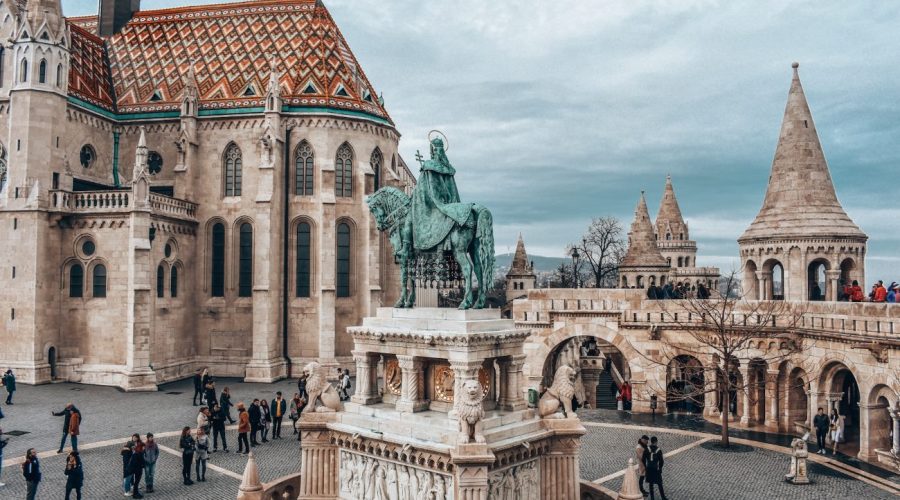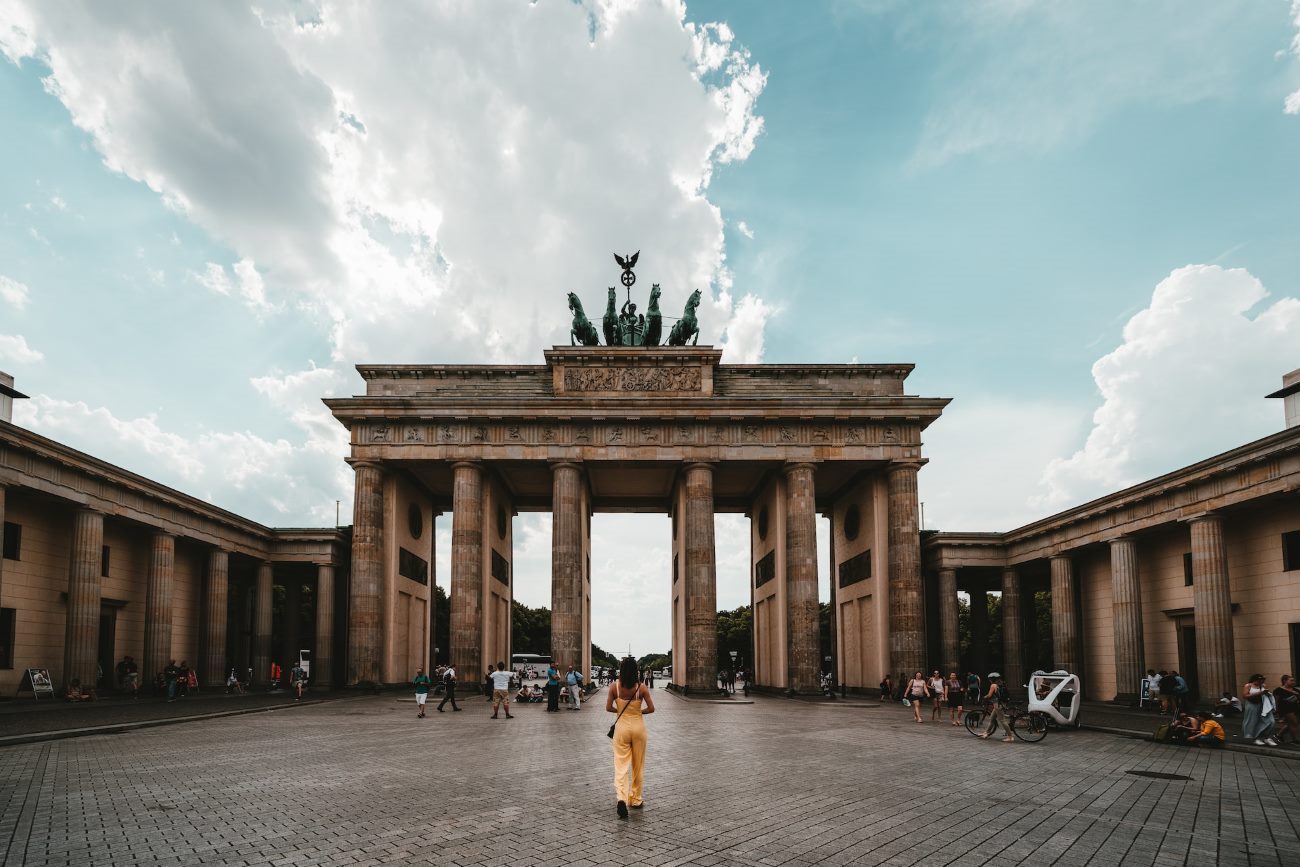The Fascinating History of the City of London
London, the vibrant and thriving capital of England, has withstood the passage of time for an astonishing two thousand years. At the centre of this energetic metropolis is the City of London, a historic district that operates as financial and commercial core of the city. In this blog post we will look at the wonderful history of the City of London, following it from its early days, to its famous landmarks and breakthroughs.
Origins of the City of London
The City of London has a Roman origin. The Romans then settled Londinium in AD 43 which would eventually become the present city. In 71 AD, the Romans constructed walls for defense purposes and remnants of those walls are still present today. The City’s limits are even today ensured by those ancient walls centuries after.
Medieval Era and Guilds
The medieval period was formative of the City of London. At that time, trade and commerce were developed, and many guilds were established. Guilds were assemblies of merchants and blacksmiths who safeguarded their own interests, controlled their own trades, and inspired distinction. Guildhall, a longevity of medieval building serving these guilds center and remains a figure for the City’s historical importance.
The Great Fire of London
In 1666 tragedy occurred for the City of London in form of the Great Fire. The fire engulfed the neighbourhood, burning thousands of buildings and famous landmarks, many irreplaceable such as St. Paul’s Cathedral. A great architect Christopher Wren was commissioned to rebuild the cathedral. St Paul’s is standing proof of Wren’s vision and the City’s capacity for rebirth today.
The Age of Discovery
During the period of the Age of Discovery, the City of London was the key financial and logisitcal hub for explorers striking out into the unknown. It turned into a focal point of international commerce and banking linking Europe via the world at vast. The River Thames, running through the City, made this exchange of products and ideas possible.
Modern-Day City of London
Skip forward to the present day, the City of London is still a global financial powerhouse. Towers like The Shard and The Gherkin dominate the sky as a representation of London’s stunning and modern architecture. The City boasts of excited markets of Leadenhall Market, and has got very cultured scene, having quite a number of theater, galleries of art and museums.
The Lord Mayor and the City Livery Companies
Of all the general activities in Great Britain, the City of London is particularly distinct for having its own city government separate from the rest of London. It is run by the Lord Mayor who is annually elected. The City is also the home of many Livery Companies that have been a feature of the City since medieval times. These corporations are of different occupations and are undertaking charitable courses and upholding custom.
Conclusion
History of City of London is a tale of resilience and adaptability of ongoing importance as the center of global finance. From its Roman roots to its current-day sky scrapers, the City has one way and another been present. Unraveling its fascinating history gives a greater understanding of London’s rich cultural heritage and its enduring importance as an thriving and thriving city.
From visiting famous landmarks such as St. Paul’s Cathedral to exploring the historic streets, the City of London is the perfect place to take an epic journey through history.
Table of Contents



